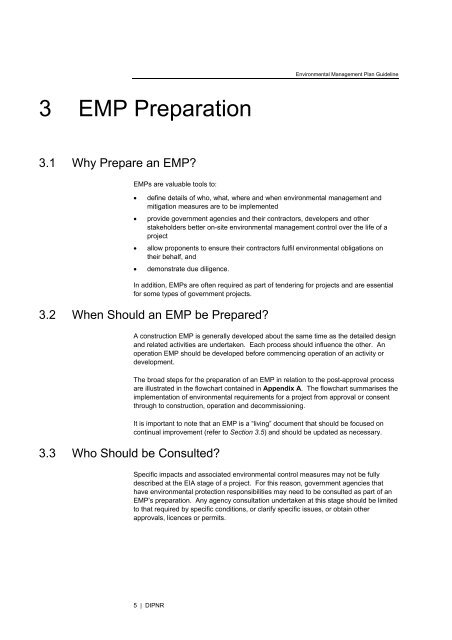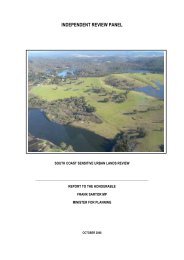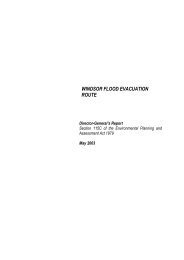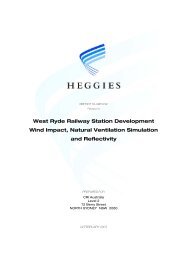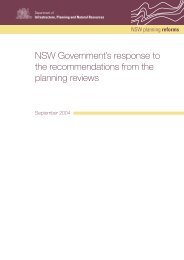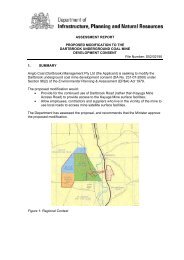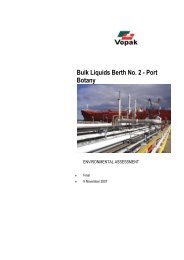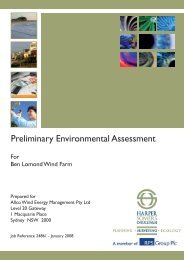Guideline for the Preparation of Environmental Management Plans
Guideline for the Preparation of Environmental Management Plans
Guideline for the Preparation of Environmental Management Plans
Create successful ePaper yourself
Turn your PDF publications into a flip-book with our unique Google optimized e-Paper software.
<strong>Environmental</strong> <strong>Management</strong> Plan <strong>Guideline</strong><br />
3 EMP <strong>Preparation</strong><br />
3.1 Why Prepare an EMP?<br />
EMPs are valuable tools to:<br />
• define details <strong>of</strong> who, what, where and when environmental management and<br />
mitigation measures are to be implemented<br />
• provide government agencies and <strong>the</strong>ir contractors, developers and o<strong>the</strong>r<br />
stakeholders better on-site environmental management control over <strong>the</strong> life <strong>of</strong> a<br />
project<br />
• allow proponents to ensure <strong>the</strong>ir contractors fulfil environmental obligations on<br />
<strong>the</strong>ir behalf, and<br />
• demonstrate due diligence.<br />
In addition, EMPs are <strong>of</strong>ten required as part <strong>of</strong> tendering <strong>for</strong> projects and are essential<br />
<strong>for</strong> some types <strong>of</strong> government projects.<br />
3.2 When Should an EMP be Prepared?<br />
3.3 Who Should be Consulted?<br />
A construction EMP is generally developed about <strong>the</strong> same time as <strong>the</strong> detailed design<br />
and related activities are undertaken. Each process should influence <strong>the</strong> o<strong>the</strong>r. An<br />
operation EMP should be developed be<strong>for</strong>e commencing operation <strong>of</strong> an activity or<br />
development.<br />
The broad steps <strong>for</strong> <strong>the</strong> preparation <strong>of</strong> an EMP in relation to <strong>the</strong> post-approval process<br />
are illustrated in <strong>the</strong> flowchart contained in Appendix A. The flowchart summarises <strong>the</strong><br />
implementation <strong>of</strong> environmental requirements <strong>for</strong> a project from approval or consent<br />
through to construction, operation and decommissioning.<br />
It is important to note that an EMP is a “living” document that should be focused on<br />
continual improvement (refer to Section 3.5) and should be updated as necessary.<br />
Specific impacts and associated environmental control measures may not be fully<br />
described at <strong>the</strong> EIA stage <strong>of</strong> a project. For this reason, government agencies that<br />
have environmental protection responsibilities may need to be consulted as part <strong>of</strong> an<br />
EMP’s preparation. Any agency consultation undertaken at this stage should be limited<br />
to that required by specific conditions, or clarify specific issues, or obtain o<strong>the</strong>r<br />
approvals, licences or permits.<br />
5 | DIPNR


